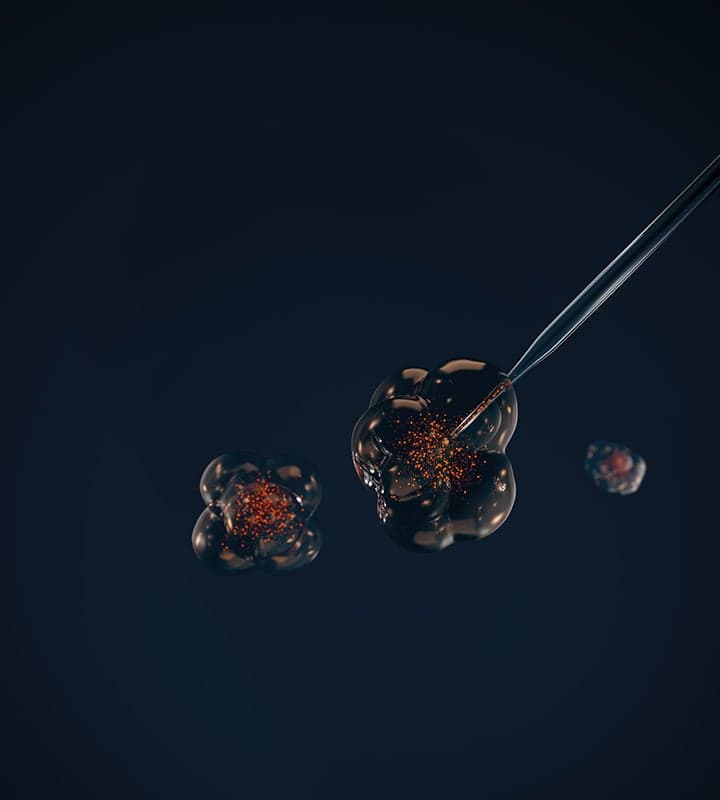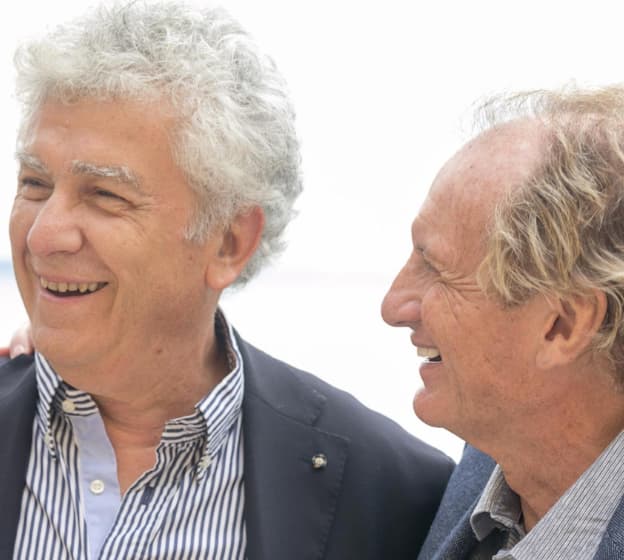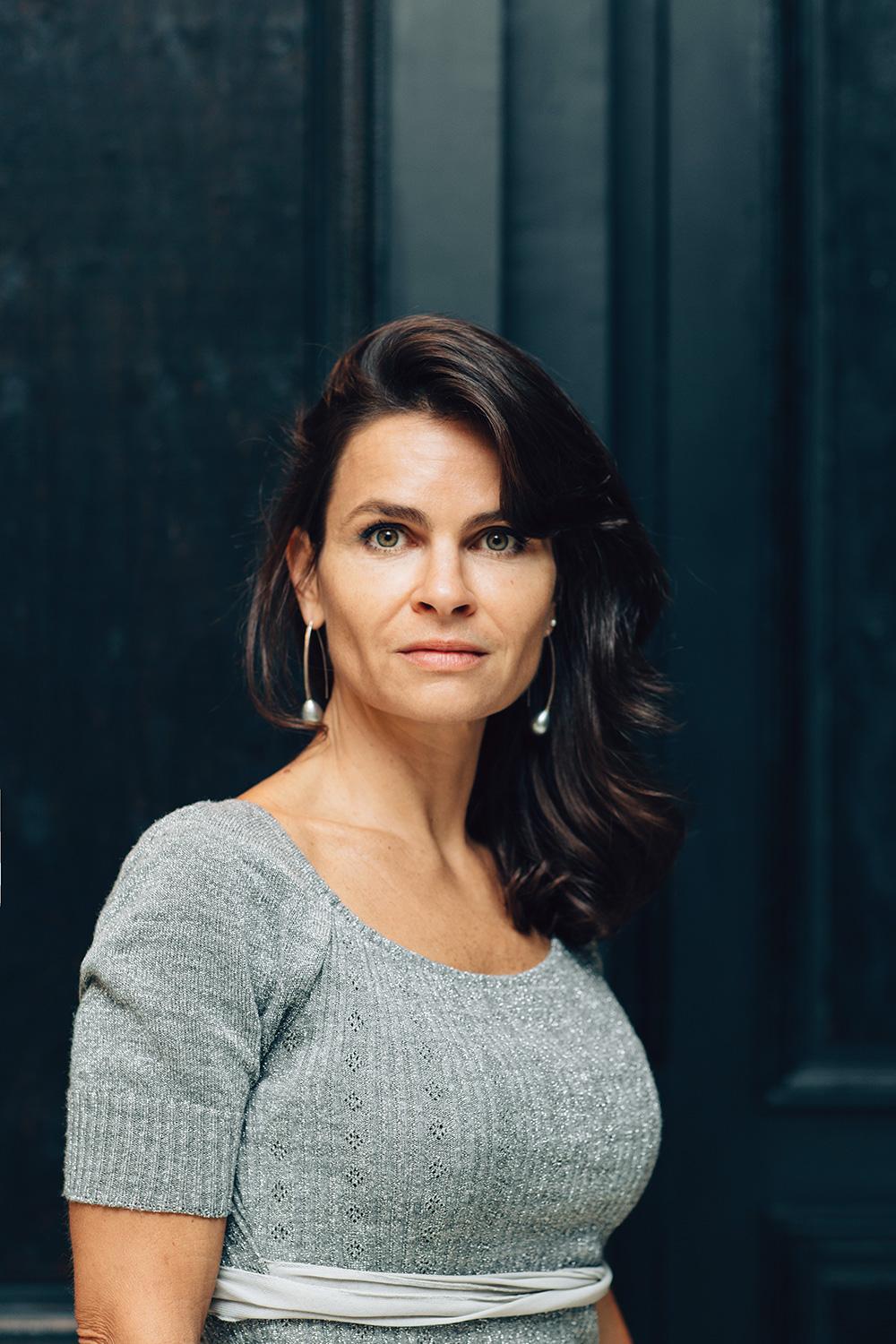ECOBIOLOGY
Ecobiology and skin aging
Because we believe beauty is the health that you can see.
NAOS AGING SCIENCE is the application of Ecobiology to skin aging. It is a research program, devoted to the science of aging, based on a holistic vision of age.
NAOS AGING SCIENCE - The lastest discovery revolutionizes our way to face skin aging.
1 min
The proteome refers to the set of proteins in a cell or organism. Proteins play a major role in ensuring the health and balance of the skin.
They constitute the tissues, the framework, the density of the skin layers, with proteins such as elastin or collagen.
We now know that protecting our skin’s specific proteome is key to our long-term radiance.

Carbonylation, responsible for permanent change in the proteome
Proteins also oxidize. This process, carbonylation, is the leading cause of irreparable damage to our skin’s proteome. Oxidized proteins become toxic clusters and are no longer fulfilling their biological role.
We develop a dull and uneven complexion, and wrinkles form.
NAOS's discovery antioxidant chaperone molecules act on the causes of skin aging

NAOS has developed particularly close ties with Professor Miroslav Radman long before NAOS AGING SCIENCE.
The French-Croatian professor is a cellular biologist who studied at Harvard and is a member of the Académie des Sciences. He is the founder of the Mediterranean Institute for Life Sciences (MedILS).
Since the 2000’s, Jean-Noël Thorel, pharmacist-biologist, and founder of NAOS, has been associated with the research of Prof. Radman, whose work on longevity and cellular regeneration has revolutionized the understanding of aging and age-related pathologies such as diabetes, Parkinson’s disease, Alzheimer’s disease and Charcot’s disease.
Jean-Noël Thorel and Professor Miroslav Radman share the same passion for human biology and evolutionary concepts with the goal of reducing human suffering.
Today, this relationship has been materalized throught a partnership between NAOS Institute of Life Science and the MedILS on the topic of cutaneous ageing. (www.medils.org)
Inspired by Prof. Radman’s work, NAOS researchers in turn discovered in 2010, in snowflakes, the Arthrobacter agilis bacterium, or snow bacteria.
With an astonishing capacity for survival, enabling it to resist UV radiation and oxidative stress. It is the most protective candidate for skin cells due to its high content of bacterioruberins, biological pigments with biomimetic properties of the skin’s natural defense systems and particularly effective proteome protectors.
Through their dual mechanism of action, chaperone and antioxidant, these molecules, which are the result of billions of years of evolution, prevent irreversible damage to the skin proteome and enable better cellular and tissue functionality to be restored in the long term.

Protecting the proteome, the new paradigm of longevity
“This new approach constitutes a first-rate protection against skin aging: by intervening upstream on the mechanisms involved in cellular longevity, the beneficial downstream effects are visible on all the signs of aging.”
Isabelle Benoit, a member of the NAOS scientific committee